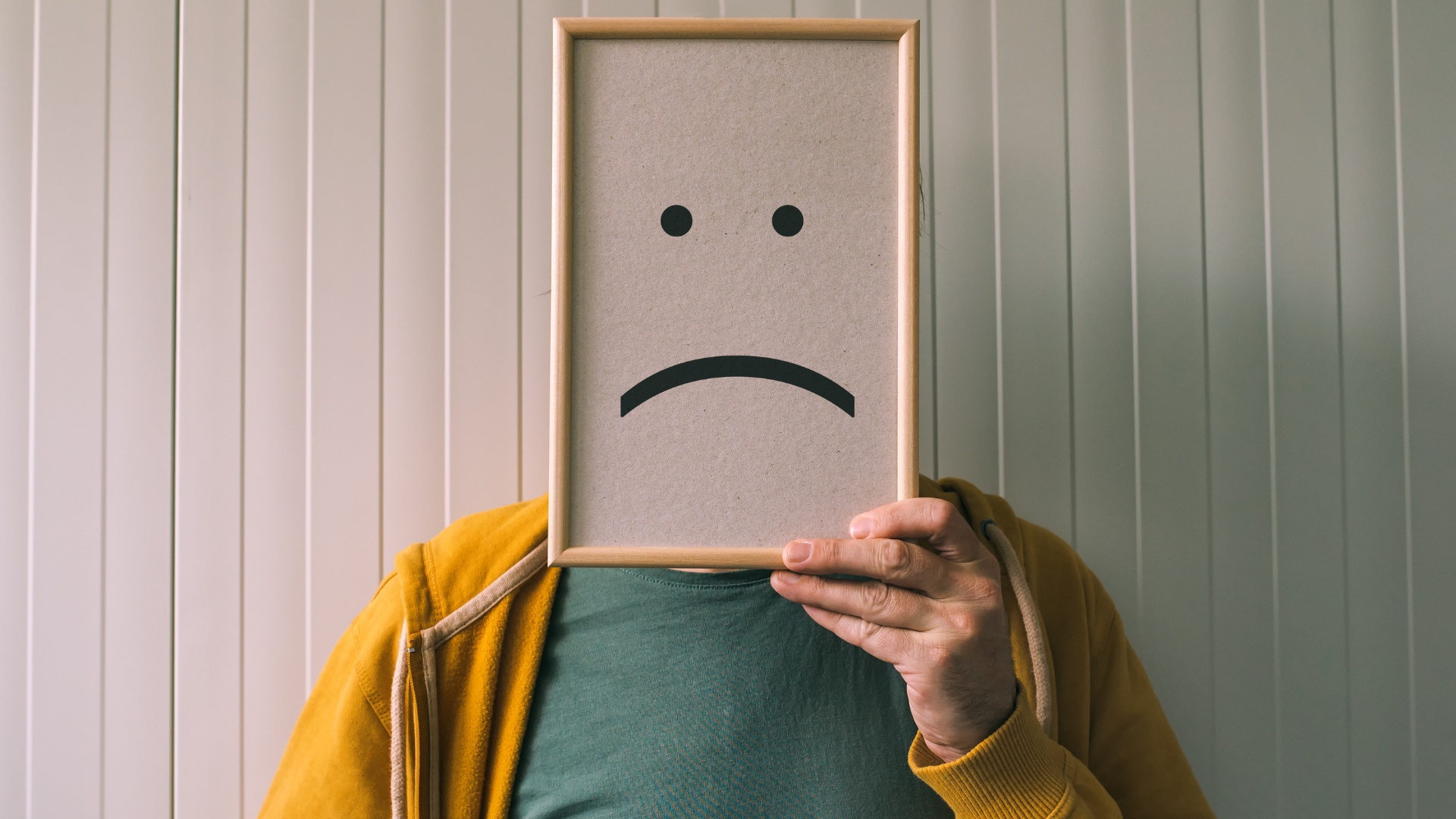The Different Faces of Depression

Depression is one of the most common mental health challenges worldwide, yet it doesn’t always look the same from one person to the next. Cultural expectations, social roles, and individual factors all shape the way people experience and express emotional pain. One of the clearest examples of this is how depression can present differently in men and women.
Recognizing these differences isn’t about reinforcing stereotypes—it’s about helping people get the support they need, even when the signs aren’t obvious.
Social & Cultural Factors
Societal expectations play a powerful role in shaping how depression is expressed. Many men grow up receiving messages that equate emotional expression with weakness. Similarly, women often face pressure to be nurturing and emotionally attuned, which can make their emotional distress more visible but also lead to self-blame.
These cultural scripts don’t just affect how people experience depression—they also affect how others respond. Men’s depressive symptoms may be misread as “macho behaviour” rather than emotional suffering, while women’s symptoms may be dismissed as “moodiness” or “hormonal.”
How Depression Commonly Shows Up in Women
Women are statistically more likely to be diagnosed with depression, and they often exhibit symptoms that align with the classic clinical picture:
- Persistent sadness or tearfulness
- Feelings of worthlessness or guilt
- Fatigue and low energy
- Sleep disturbances (often insomnia)
- Changes in appetite
- Difficulty concentrating
- Heightened emotional sensitivity or anxiety
Women are generally more likely to talk openly about their emotional struggles and to seek help from friends, family, or professionals. This can lead to earlier diagnosis and treatment, however, societal pressures to “hold it all together” can still make it difficult for many women to reach out.
How Depression Commonly Shows Up in Men
Men experience depression at similar rates to women, but they are often underdiagnosed—partly because their symptoms can look different, and partly because cultural norms discourage emotional vulnerability.
Common signs in men include:
- Irritability, anger, or frustration, sometimes misattributed to personality rather than mood issues
- Increased risk-taking or reckless behaviours, such as driving dangerously, substance use, or gambling
- Emotional withdrawal, becoming distant from loved ones
- Loss of interest in work, hobbies, or relationships
- Physical symptoms, such as headaches, digestive problems, loss of libido or unexplained pain
- Overworking or distraction as a way to avoid emotions
Rather than expressing sadness openly, men may externalize their pain through aggression, numbing behaviours, or avoidance. This can mask depression for years, delaying access to appropriate care.
Final Thoughts
Depression doesn’t wear a single face. It can show up as silence or violence, withdrawal or anger, pain and fatigue or irritability. By broadening our understanding of how depression manifests across genders, we create space for more people to be seen, supported, and treated.
If you or someone you care about is struggling, reaching out to a mental health professional is a courageous first step. Depression is treatable.
- Steve
